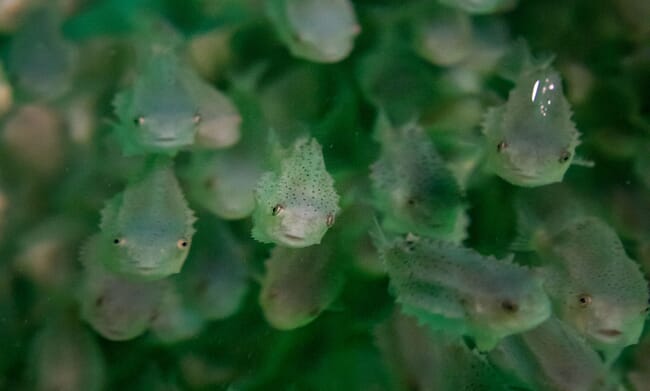
© SAIC
The use of cleaner fish, such as lumpfish or ballan wrasse, is a common technique for the removal of lice in salmon farms. However, when lumpfish reach sexual maturity, they cease to feed on lice, and so serve no further purpose within the salmon farming industry.
Many fish farms will simply pay to dispose of the mature lumpfish, but Nofima, a Norwegian food research institute, has been exploring other possibilities for the use of the cleaner fish once they have outgrown their lice-eating behaviour.
An initial study investigated the potential for the marketing of lumpfish for human consumption. However, a trial of this approach in South Korea was unsuccessful.
Birthe Vang, scientist and project manager at Nofima, commented on the use of lumpfish for human consumption in a press release.
She said: “They did not like the appearance of the fish at all. They thought it was rather scary looking and very unappetising. In addition, the respondents said that the fish didn’t have much taste, the texture was too soft, there was very little meat, and their lice-eating history was simply unpleasant”.
With lumpfish being deemed too unappetising by consumers, Nofima have explored even further avenues, testing the potential of the cleaner fish as a feed to rear young king crabs up to a marketable size of around 1.3 kilos.
The study tested the use of pure lumpfish and feed pellets coated in a ‘syrup’ of lumpfish proteins against a pre-existing feed. Whilst the results are still being analysed, Nofima commented in a press release that the feed coated in lumpfish proteins appeared to be the most successful.
Vang commented on the potential of this use of lumpfish to increase the sustainability of the aquaculture industry.
She said: “If we succeed in developing this feed, it will contribute to the development of a circular bioeconomy and increased utilisation of raw materials. It will also help to increase value creation in the seafood industry and facilitate local jobs if the commitment to live storage and feeding of king crab succeeds”.




